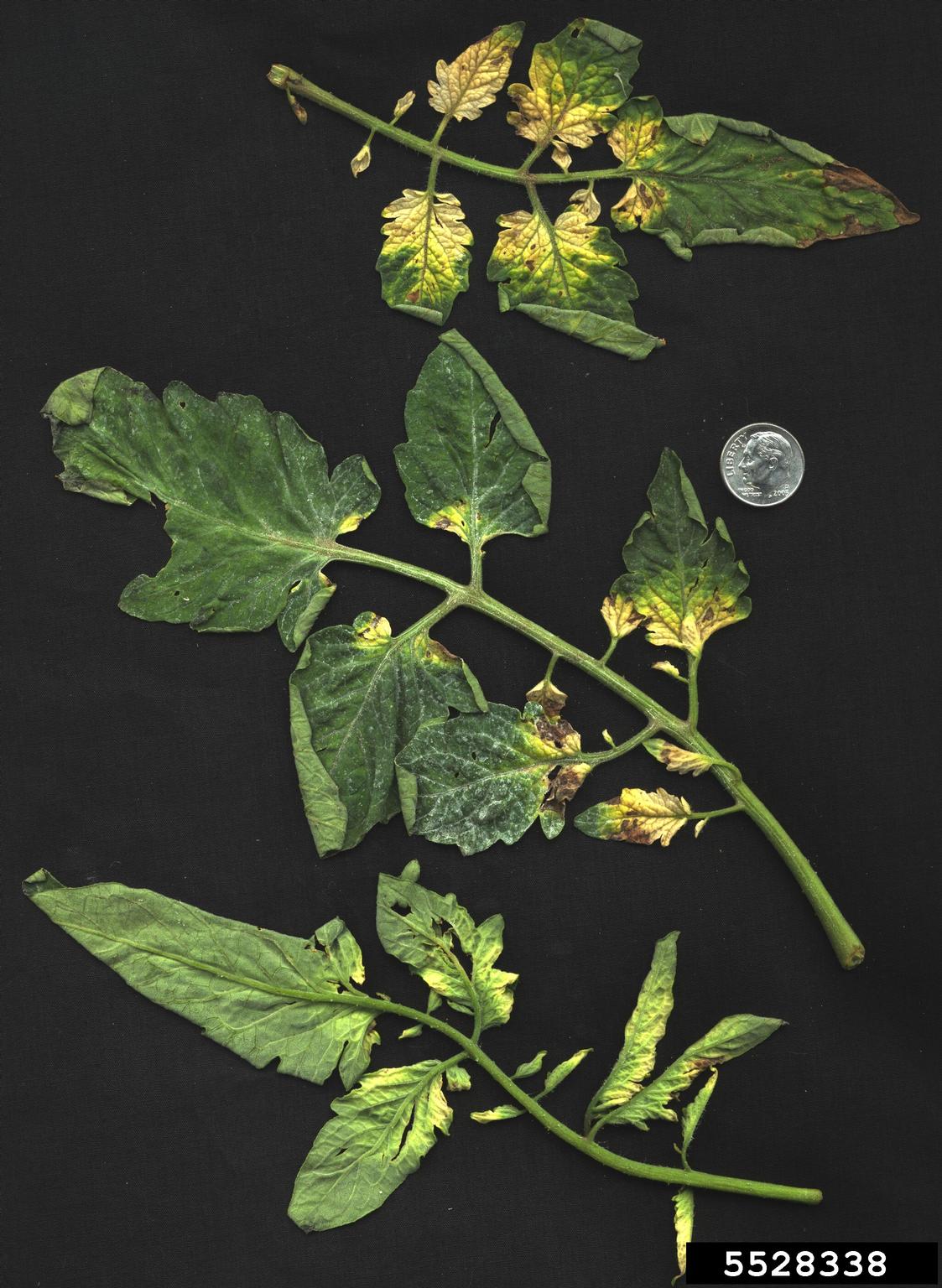Chapter 14: Applied Herbicide Physiology and Movement
Disclaimer:
The information and suggestions in this publication are intended to provide general guidelines for weed management in Ohio. Because of changing laws and regulations, Ohio State University Extension assumes no liability for the recommendations. The recommendations for using pesticides included in this guide are incomplete and should not serve as a substitute for pesticide labels. Complete instructions for the use of a specific pesticide are on the pesticide label. The pesticide user is responsible for applying pesticides according to label directions, as well as for problems that may arise through misapplication or misuse of the pesticide. Label changes, product cancellations, and changes in recommendations may have occurred since the publication of this guide. Check with your county Extension agent in agriculture if you are in doubt about a pesticide you plan to use. Trade names have been used in this guide for clarity, but do not constitute an endorsement by The Ohio State University, nor do they imply discrimination against other products.
Chapter Authors
Dr. Deana Namuth-Covert, Professor and Ms. Amy Kohmetscher, Instructional Designer
Ohio State – Agricultural Technical Institute
College of Food, Agricultural and Environmental Sciences
The Ohio State University
Select materials in this lesson are utilized and updated from:
Martin, A. and Namuth, D. (2005), Practical Applications of Herbicide Physiology https://passel.unl.edu/pages/informationmodule.php?idinformationmodule=1030652583

This chapter will examine the basic requirements for successful herbicide performance. Topics will include how herbicide and plant characteristics interact as a basis for explaining herbicide performance. Application requirements of both soil and foliar active herbicides will be examined in relation to their characteristics. The influence of environmental conditions on herbicide performance, both weed control and crop injury, will also be discussed.